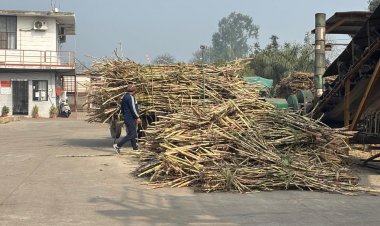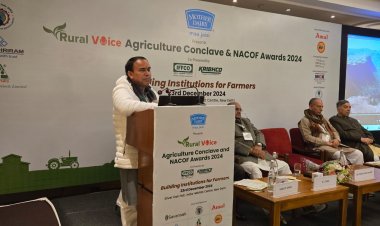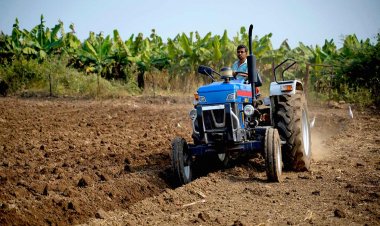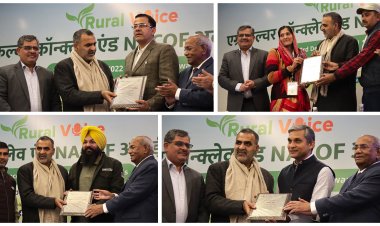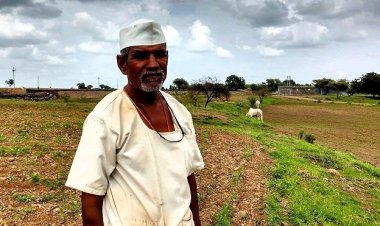‘Mango Museum’ to come up in Lucknow
The Lucknow-based Central Institute for Subtropical Horticulture (CISH), a specialty laboratory of the Indian Council of Agricultural Research (ICAR), is developing a unique ‘Mango Museum’ on its sprawling campus.
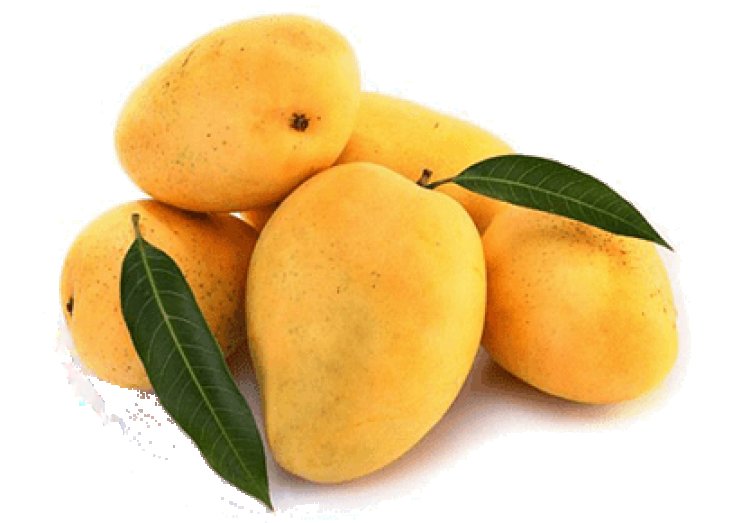
Lucknow, 22 April: Mango is known as the ‘King of Fruits’ in India for its luscious taste and sweet aroma. But most people are gleefully ignorant of its medical properties as well as relevance to the Indian culture and heritage.
Keeping this in mind, the Lucknow-based Central Institute for Subtropical Horticulture (CISH), a specialty laboratory of the Indian Council of Agricultural Research (ICAR), is developing a unique ‘Mango Museum’ on its sprawling campus.
It will allow visitors to learn about the different varieties of mango, its medicinal value, value-added products, history, postal stamps and unheard facts about mango, according to CISH director Shailendra Rajan.
“The museum will help in explaining several and unrevealed facts about mango. The National Mango Database will be connected to one of the panels of the museum for knowledge on various aspects of the ‘King of Fruits’. The execution of the museum is delayed due to Covid-19, otherwise it was supposed to be functional during the current mango season,” he claimed.
India is considered the most gifted land of mango, and the unflinching efforts by the farmers, nurserymen and mango connoisseurs have helped in conserving these unique varieties, he noted. CISH already has an enviable live collection of mango varieties.
The museum will contain more than 800 varieties as a model or a photograph with small interesting descriptions/trivia so that visitors could enrich their knowledge, the CISH director mentioned in his note.
Not only Indian mango varieties but also international ones will be displayed. The history linked with these varieties and their importance will also be depicted in the museum.
More than 100 stamps depicting mango varieties have been issued in nearly 80 countries. A corner dedicated to this aspect will particularly attract those interested in philately. Rajan lamented many important old varieties and mango paintings are gradually disappearing.
He underlined that mango is considered one of the most potential trees offering certain anti-viral, antibacterial, anti-carcinogenic bioactive compounds, and a few of them have even been reported effective in boosting immunity against coronavirus.
Mango is widely used not only as a fresh fruit but also as a value-added product in many food items across the globe. A description of important products derived/made from mango and their nutritive value will also be displayed in the museum prominently.
There are a large number of popular recipes wherein mango is used at the raw or ripe stages. The museum will depict this aspect as well.
Being a heritage flora variety of India, the fruit has a whole lot of history and mythology associated with it. A portion of the museum will, therefore, display interesting facts and depict why mango is considered important in India.
Also, statistics related to the major mango-producing regions in India and other countries and other notable facts will be depicted with audio-visual information for explaining its economic importance.
“Mango is a major fruit crop of the country, that’s why millions of farmers are associated with it. A lot of information related to mangoes and their importance for farmers will be displayed so that they can understand different technologies developed in India and other parts of the world for mango production and value addition. Mango is attacked by numerous pests and diseases, thus a portion of the museum will depict the ‘enemies’ of mangoes,” Rajan observed.
(Virendra Singh Rawat is a Lucknow-based journalist who writes on contemporary issues of industry, economy, agriculture, infrastructure, budget etc.)



 Join the RuralVoice whatsapp group
Join the RuralVoice whatsapp group



















